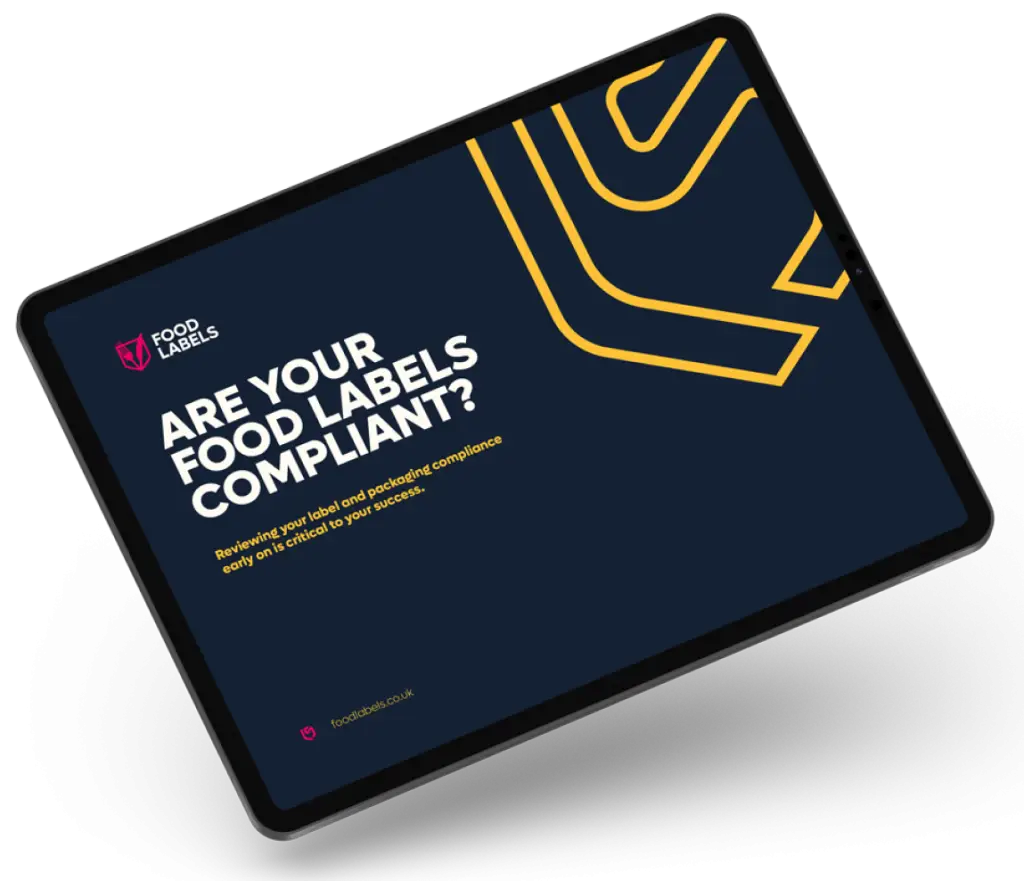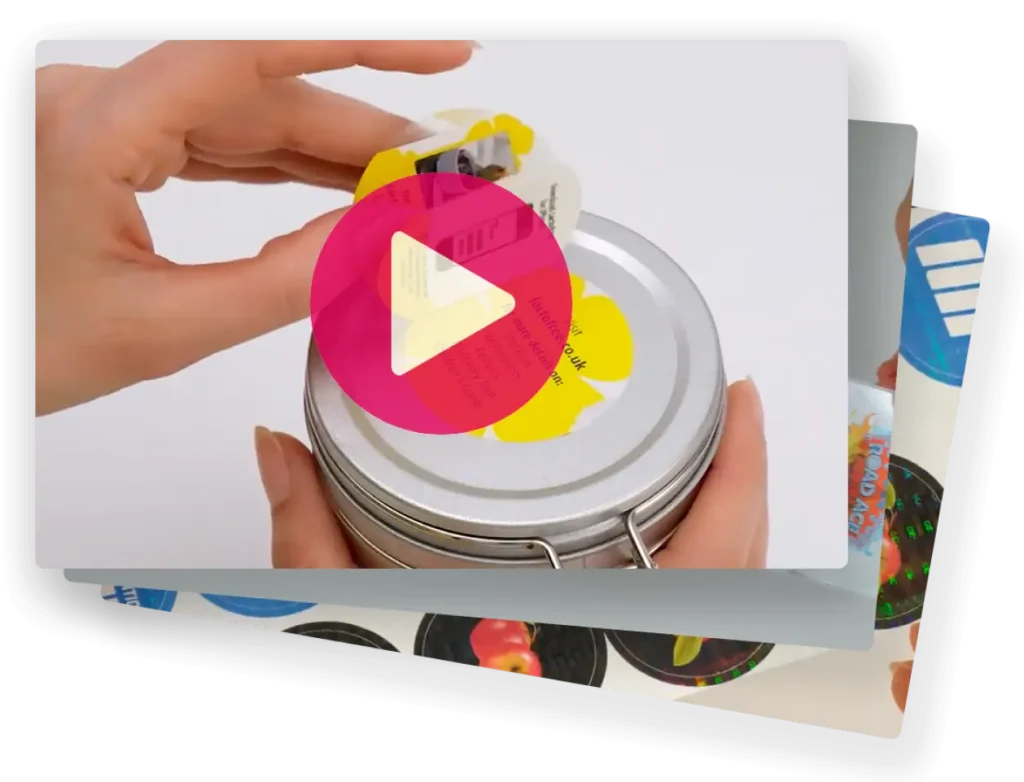Pet food labels FAQs
Pet food labels must include the product name, ingredients list, guaranteed analysis of nutrients (like protein, fat, fiber , and moisture), feeding instructions, and manufacturer’s details.
Pet food labels are regulated under the UK’s Feed Regulations, which make sure the product is safe and clearly labelled. These regulation s cover labelling accuracy, ingredient quality, and nutritional standards.
The “guaranteed analysis” provides a minimum percentage of crude protein and fat and maximum percentages of crude fibre and moisture. This helps pet owners understand the food’s nutritional profile, allowing them to compare products and buy the food that’s best suited for their pet.
Ingredients are listed in descending order by weight, with the heaviest ingredients first. This is to help pet owners more easily identify the primary ingredients in the food and look at its quality, particularly if specific meats or grains are needed in their pets’ diets.
“Complete and balanced” indicates that the pet food contains all essential nutrients required for a pet’s specific life stage (e.g., puppy/kitten, adult, senior). This label claim gives a quality guarantee to pet owners that the food provides a nutritionally proper diet for their pets’ stage of life or activity level without needing to buy extra supplements.
Health claims on pet food labels must be truthful and supported by scientific evidence. Claims like “supports joint health” or “promotes a healthy coat” are allowed, provided they are based on the nutritional benefits of the ingredients in the pet food.
“Grain-free” means the pet food does not contain grains like wheat, corn, or rice. Instead, it may use other sources of carbohydrates, like potatoes or legumes. Grain-free options are popular for pets with specific dietary needs or digestion problems.
Pet food labels often include the calorie content per serving or per kilogram to help pet owners manage their pet’s weight and caloric intake. This information is important for pet s that have health conditions which require the animals to control their weight more strictly.
Pet food labels are typically made from durable, moisture-resistant materials like polypropylene or high-quality paper, so that they withstand handling and storage conditions. For more eco-conscious brands, labels may use recyclable or biodegradable materials.
Expiration dates on pet food labels state how long the product will maintain its quality and safety when stored correctly. Feeding pets food past its expiration can cause digestive issues or health problems.



















